8.4 Intersection, union and difference in the case of row-based data - two sets - by whole row
The following tables list the data of the products and salespersons that make the top 10 by sales in January and February:
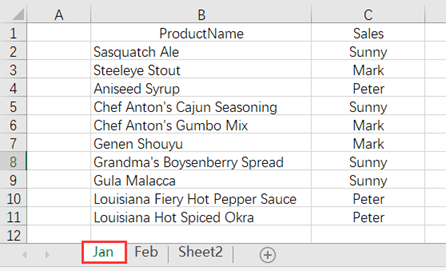
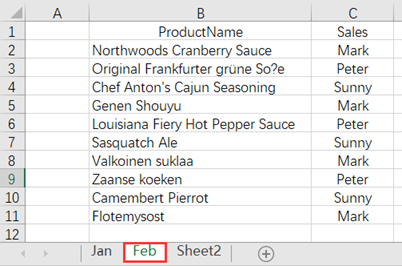
Find out the data of products and salespersons that make the top 10 in both January & February.
=spl("=[E(?1),E(?2)].merge@oi()",Jan!B1:C11,Feb!B1:C11)
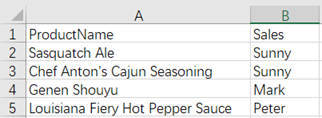
Find out the data of the products and salespersons that make the top 10 once or more.
=spl("=[E(?1),E(?2)].merge@ou()",Jan!B1:C11,Feb!B1:C11)
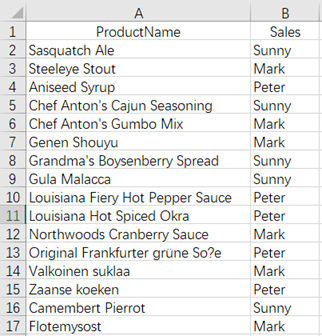
Find out the data of products and salespersons that make the top 10 in January but fail to make the top 10 in February:
=spl("=[E(?1),E(?2)].merge@od()",Jan!B1:C11,Feb!B1:C11)
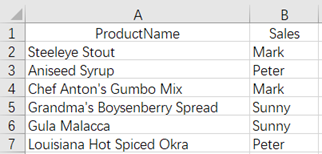
Notes:
The merge()function without parameter means the whole row will be taken as the matching criterion, and the merge() function with parameter means the parameter value will be taken as the matching criterion.
esProc Desktop and Excel Processing
8.3 Intersection, union and difference in the case of row-based data - two sets - by key column
8.5 Intersection, union and difference in the case of row-based data - multiple sets
SPL Official Website 👉 https://www.esproc.com
SPL Feedback and Help 👉 https://www.reddit.com/r/esProc_Desktop/
SPL Learning Material 👉 https://c.esproc.com
Discord 👉 https://discord.gg/sxd59A8F2W
Youtube 👉 https://www.youtube.com/@esProcDesktop
Linkedin Group 👉 https://www.linkedin.com/groups/14419406/


